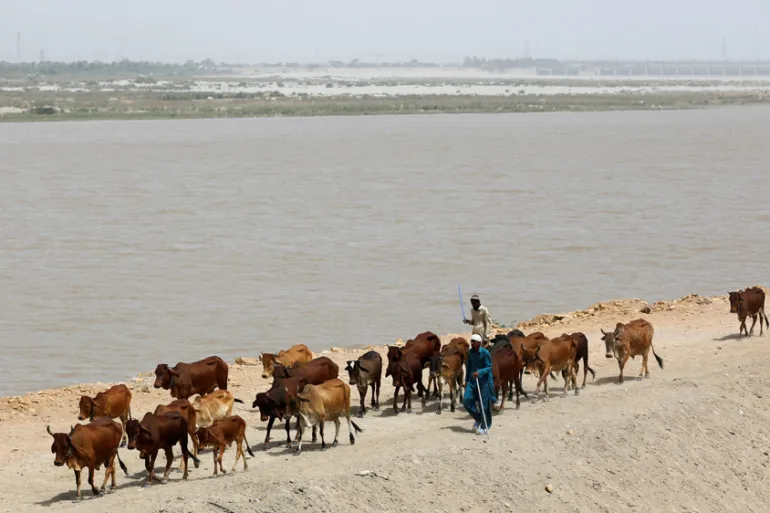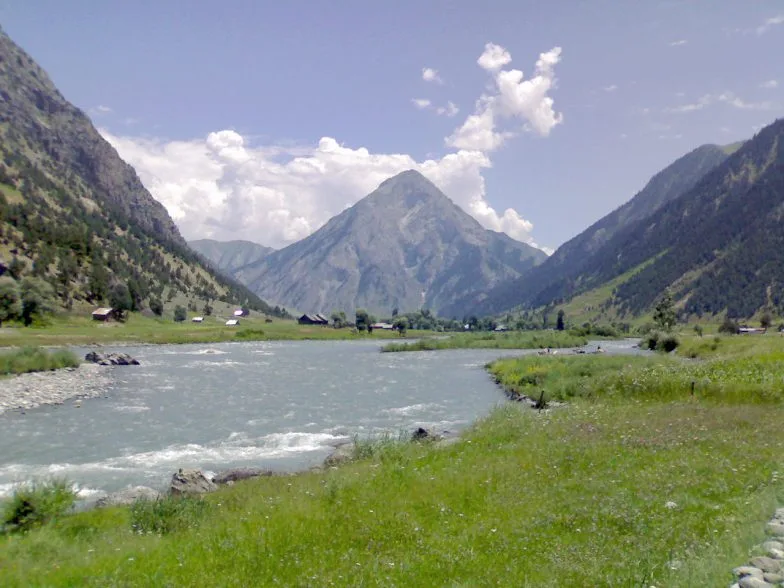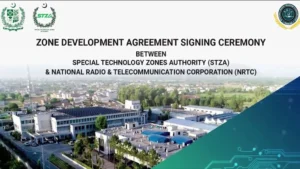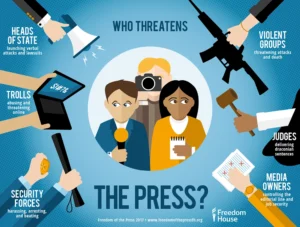Water is the cornerstone of civilization. It’s not just about drinking from a tap; it’s the foundation of agriculture, a critical sector in Pakistan’s economy. According to the World Bank, agriculture employs over 40% of the workforce and contributes to nearly a quarter of the country’s GDP. Water scarcity translates to failing crops, jeopardizing food security for millions and potentially triggering social unrest.
According to the World Bank, agriculture employs over 40% of the workforce and contributes to nearly a quarter of the country’s GDP.
The Indus River system, a network of mighty rivers that flow from the Himalayas and nourish the fertile plains of Pakistan, has been a source of life – and contention – since even before the partition of India in 1947.
Prior to partition, the British Raj managed the water resources of the Indus basin through a series of agreements. However, tensions existed even then, particularly between the provinces of Punjab (now divided between India and Pakistan) and Sindh. The Rao Commission, established in 1938, attempted to address these concerns by creating the “Sindh-Punjab Agreement” in 1945, which outlined water sharing arrangements.
The partition of India in 1947 drastically reshaped the water landscape. The Indus River system, a vital lifeline, was now divided between two newly formed nations – India and Pakistan. This geographical division created an upstream-downstream dynamic, with India controlling the headwaters of three eastern rivers (Ravi, Sutlej, Beas) and Pakistan relying on the flow of the western rivers (Indus, Jhelum, Chenab) originating in Jammu and Kashmir.
This presented a significant challenge for Pakistan, as control over the headwaters allowed India to potentially restrict water flow downstream. The initial years were marked by anxieties and accusations, with Pakistan fearing India might use water as a political weapon. In 1948, tensions escalated when India temporarily blocked the flow of the Sutlej River into Pakistan, causing immense hardship.
In 1960, the landmark Indus Waters Treaty (IWT) was signed.
Recognizing the potential for conflict, the World Bank intervened and facilitated negotiations between India and Pakistan. In 1960, the landmark Indus Waters Treaty (IWT) was signed. This treaty divided the Indus River system, allocating the exclusive use of the three eastern rivers to India and the western rivers to Pakistan. The treaty also included provisions for limited water use in Jammu and Kashmir by both countries and allowed India to build hydropower projects on the western rivers under specific guidelines.
The IWT is widely considered a success story in water diplomacy. It has prevented open conflict over water for over six decades. The specter of water wars, a term used to describe conflicts arising from water scarcity, may seem like an exaggeration. However, India’s recent actions raise a cause for concern. In 2015, India inaugurated the Kishanganga hydropower project, a move Pakistan vehemently opposed as the project violated the Indus Waters Treaty, a 1960 agreement brokered by the World Bank that divides the Indus River system between the two nations. While the dispute was eventually settled through international arbitration, it highlighted the simmering tensions.
Also Read: India’s Gross Violations of Indus Waters Treaty
Compounding the problem is climate change. Glacial melt, a vital source of water for the Indus River system, is accelerating at an alarming rate. Research from the International Food Policy Research Institute suggests that Pakistan could face a water deficit of as much as 73 billion cubic meters by 2050. This, coupled with an estimated population exceeding 300 million, paints a picture of a nation struggling to quench its thirst.

So, what can Pakistan do to avert this crisis? The answer lies in a multi-pronged approach.
Pakistan loses a staggering amount of water through leaky canals and outdated infrastructure.
First, water conservation is paramount. Modernization of irrigation systems, a process plagued by inefficiency, is crucial. Pakistan loses a staggering amount of water through leaky canals and outdated infrastructure. Adoption of drip irrigation techniques, which deliver water directly to plant roots, minimizing waste, can significantly reduce wastage. Promoting water-efficient crops like wheat and lentils over water-intensive ones like rice can further ease the strain.
Second, infrastructure development is crucial. Building new dams and reservoirs will capture and store excess water during monsoon seasons, creating reserves for drier periods. However, this approach must be balanced with environmental concerns, ensuring proper environmental impact assessments are conducted before embarking on large-scale projects.
Third, Pakistan must aggressively pursue diplomacy. Strengthening the Indus Waters Treaty is vital. The treaty, while a cornerstone of regional water management, requires constant monitoring and adaptation to address emerging challenges. Exploring avenues for cooperation with India on water management projects, focusing on data sharing and joint monitoring of water flow, could foster trust and create a win-win situation.
The looming crisis is not an insurmountable challenge. By taking decisive action, Pakistan can secure its future. The time to act is now. Will Pakistan rise to the challenge and ensure its citizens have access to this most precious resource, or will the future be defined by water scarcity and potential conflict? The answer lies in the hands of its policymakers and its people. Pakistan must act with a sense of urgency, innovation, and regional cooperation to avert a crisis that could have devastating consequences. The future of millions hinges on the success of these efforts.
The opinions shared in this article reflect the author’s personal views and do not necessarily align with the institution’s official stance.




